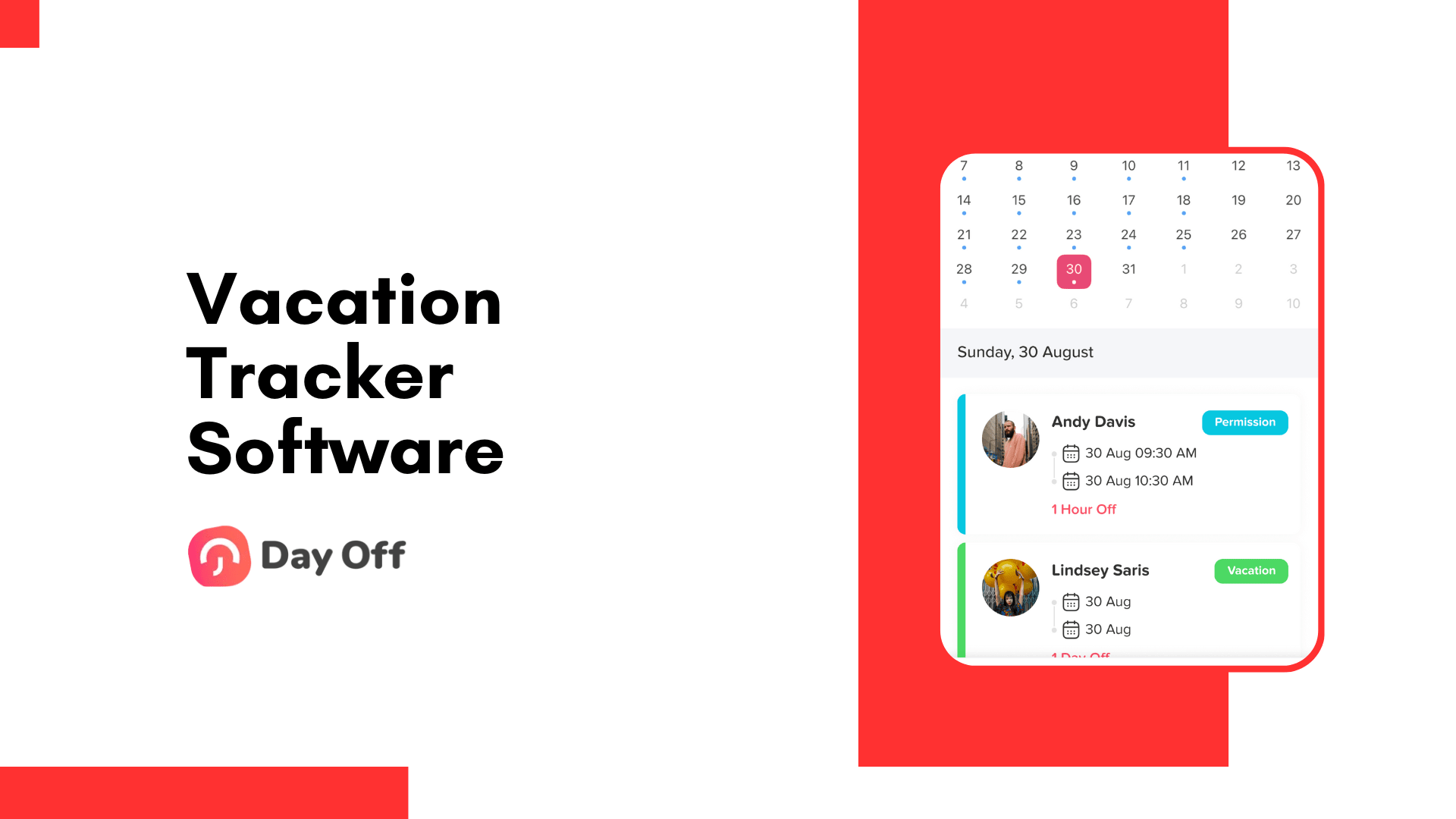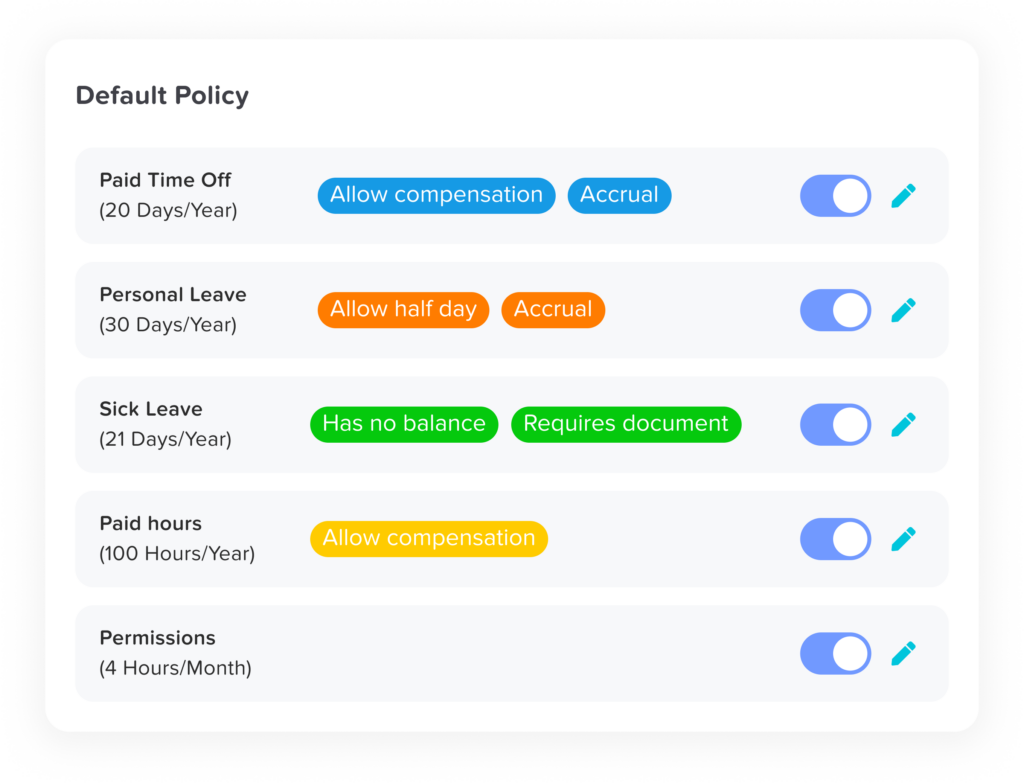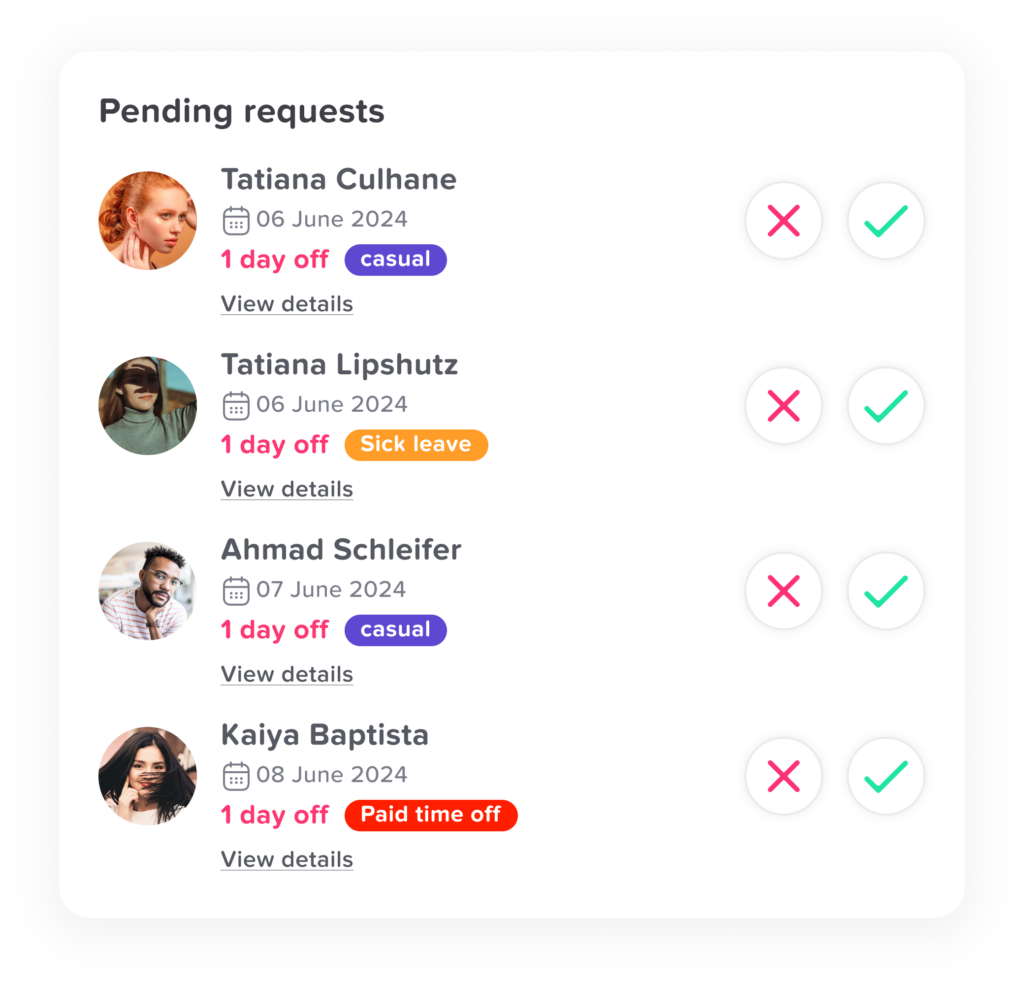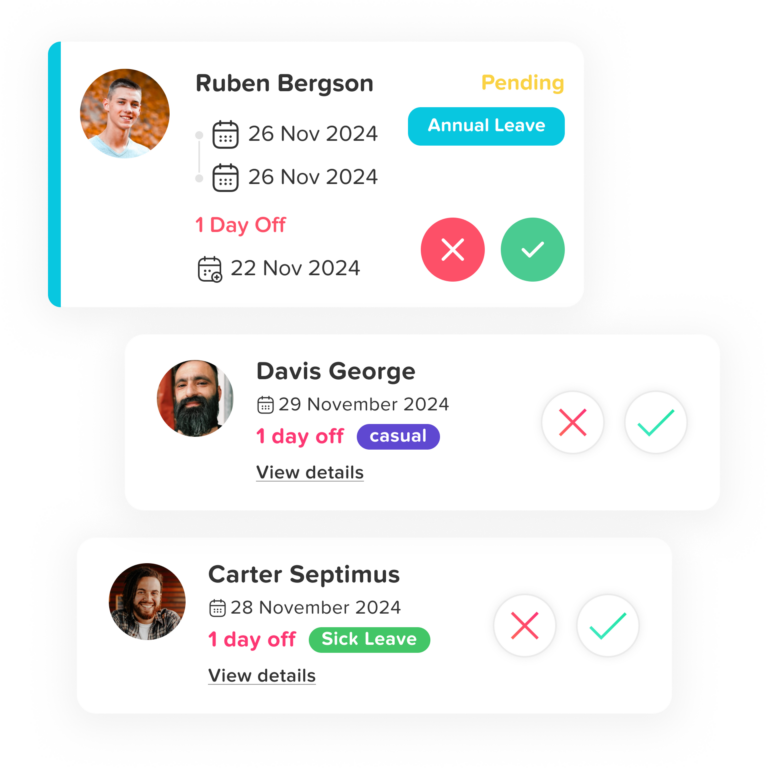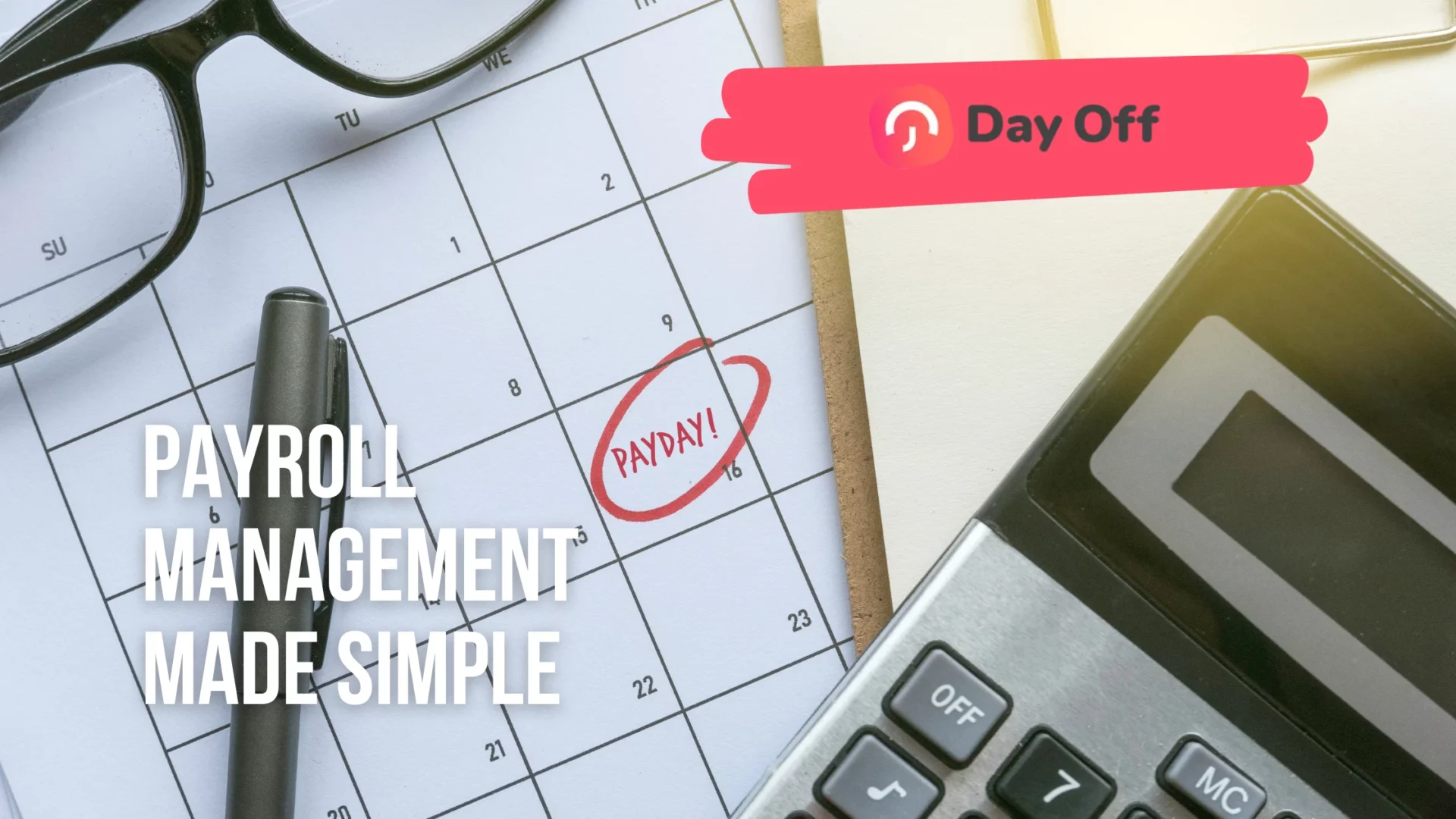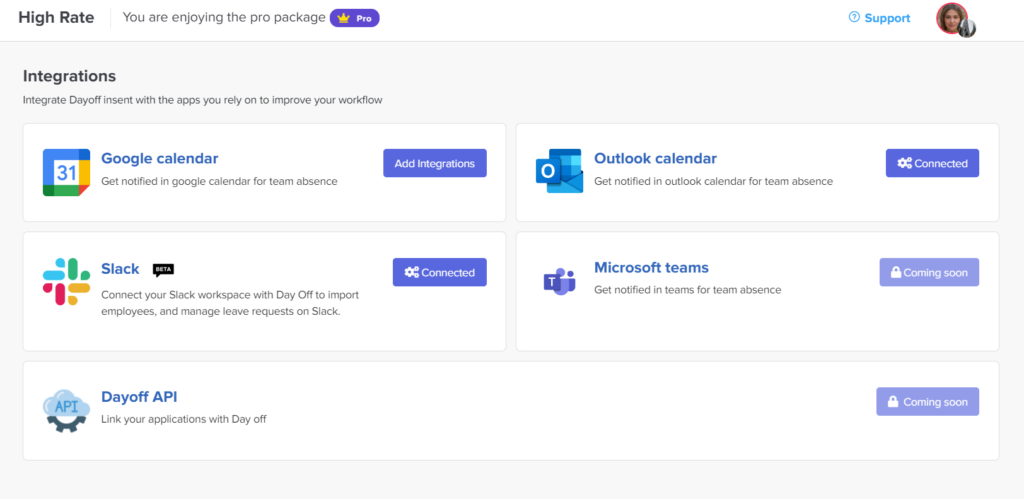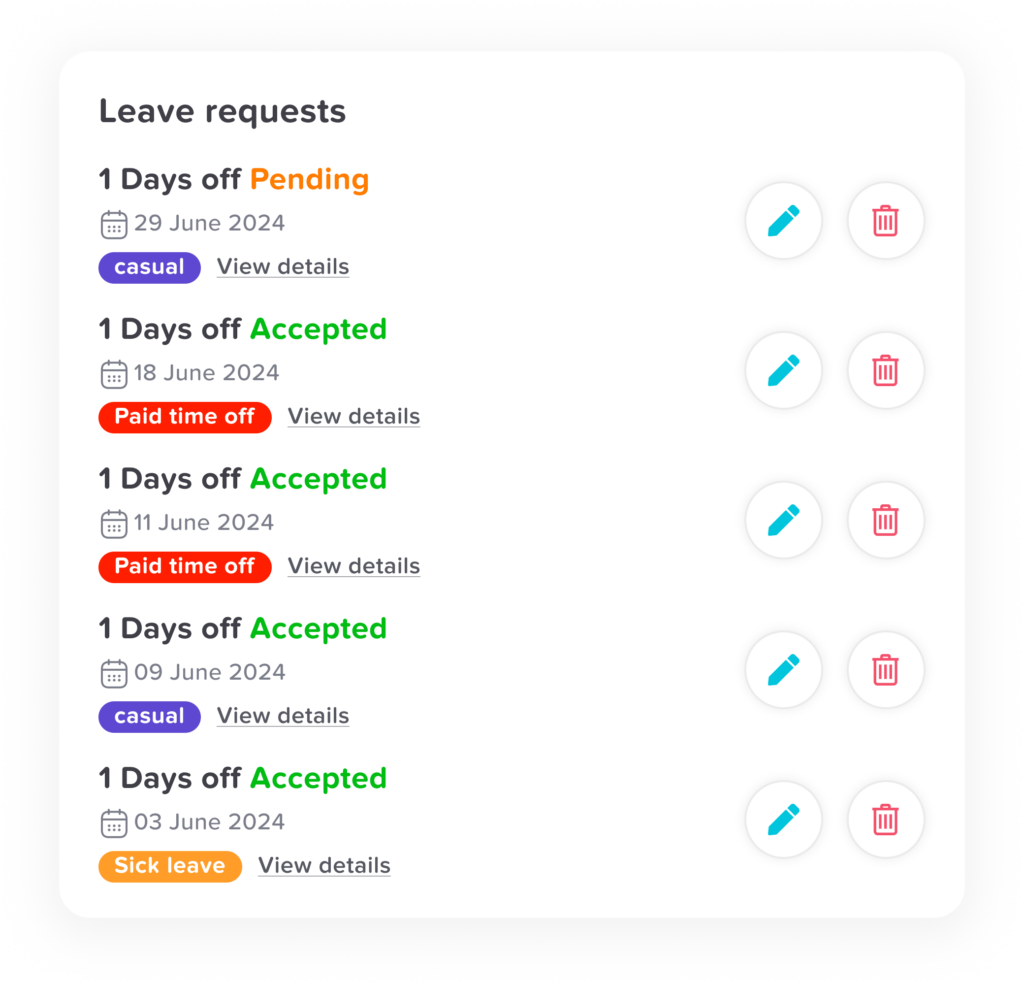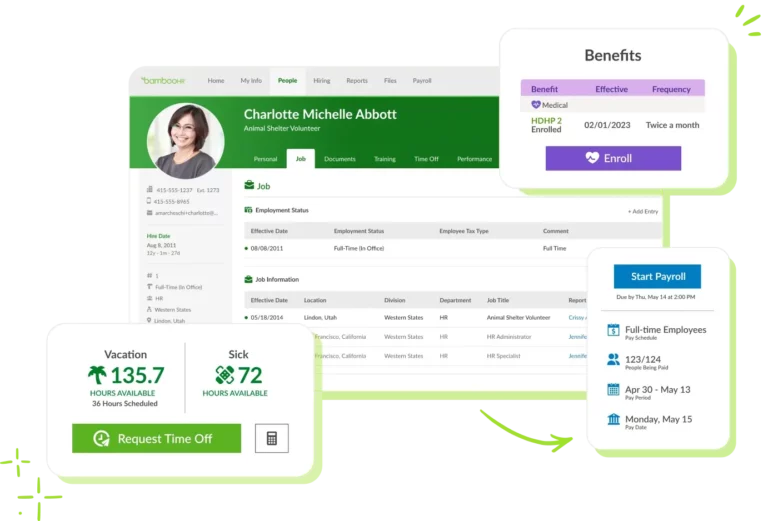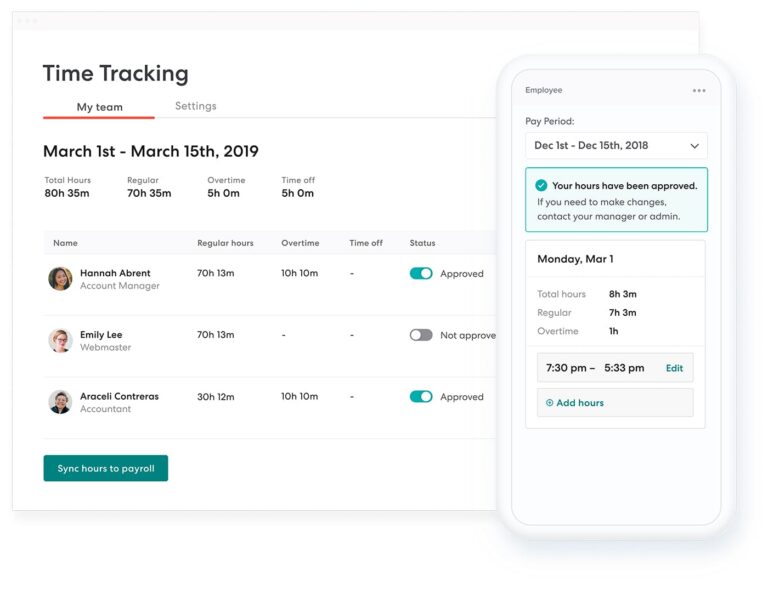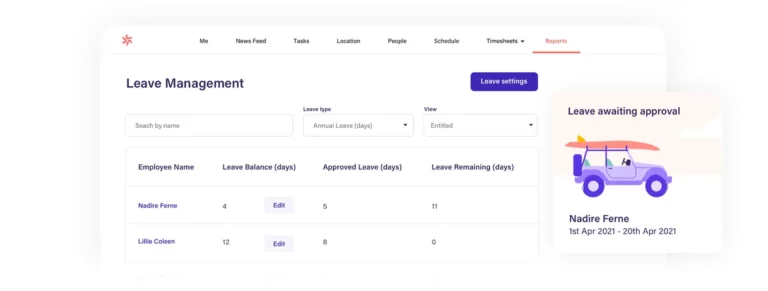Managing employee vacations and leaves efficiently is more important than ever. The ability to track, approve, and organize time off requests is crucial for maintaining a balanced workforce, ensuring productivity, and keeping employee satisfaction high. As businesses expand and remote work becomes more common, the need for automated systems to manage employee absences has grown significantly. This is where vacation tracker software comes into play an essential tool for modern HR management that not only simplifies the process of managing time off but also brings numerous benefits to both employers and employees.
What is Vacation Tracker Software?
Vacation tracker software is a specialized tool designed to automate the process of managing employee leave requests, vacations, sick days, and other types of absences. Unlike traditional methods that rely on spreadsheets or manual tracking, vacation tracker software provides a centralized platform that both employees and employers can access. This software enables seamless leave management by providing real time updates, automating approval workflows, and generating reports that offer insights into employee attendance patterns.
Why Your Business Needs Vacation Tracker Software
Streamlined Leave Management:
Vacation tracker software eliminates the complexity of managing employee leave. It provides a clear overview of who is on leave, upcoming absences, and how these affect overall staffing levels. This enables HR and management to plan better, avoid scheduling conflicts, and ensure that there is adequate coverage at all times. With automated processes, HR teams spend less time on administrative tasks and more time on strategic initiatives.
Increased Transparency and Fairness:
By using vacation tracker software, companies can enhance transparency within the organization. Employees can easily see their remaining leave balances, submit requests, and track the status of their applications. This transparency fosters trust and fairness, as all employees are treated equally and have clear visibility into their leave situations as well as company policies.
Compliance with Labor Laws:
One of the most significant challenges for HR departments is ensuring compliance with local and international labor laws regarding employee leave. Vacation tracker software helps mitigate this risk by allowing companies to configure the system according to local legal requirements. It ensures that leave accruals, carryovers, and other regulations are adhered to, reducing the risk of non compliance and potential legal issues.
Enhanced Employee Satisfaction:
Simplifying the process of requesting and managing leave can significantly improve employee satisfaction. Employees appreciate a straightforward, user friendly system that makes it easy to plan their vacations and take time off without the hassle of complicated approval processes. This can lead to higher morale and retention rates, as employees feel their needs are being met efficiently.
Data Driven Decision Making:
Advanced vacation tracker software provides valuable analytics and reporting features. These tools enable management to analyze leave patterns, identify trends, and make informed decisions about staffing and resource allocation. For instance, understanding peak vacation periods can help in planning for temporary staffing needs or redistributing workload during high demand periods.
Cost Efficiency:
By automating the leave management process, businesses can reduce the administrative costs associated with manual tracking. This includes not only the time saved by HR personnel but also the reduction of errors that can lead to costly payroll mistakes or compliance issues. Furthermore, the ability to optimize staffing through better visibility into employee absences can prevent overstaffing or understaffing, leading to more efficient operations.
Day Off – A Leading Vacation Tracker Software
Key Features of Day Off
An excellent example of effective vacation tracker software is Day Off. Designed to streamline the process of managing employee leaves and absences, Day Off offers a comprehensive solution tailored to the needs of both small businesses and large enterprises. Here’s how Day Off stands out:
Intuitive User Interface:
Day Off features a clean and user friendly interface that simplifies the process of requesting and approving time off. Employees can quickly navigate the platform, submit leave requests, and check their leave balance without needing extensive training. For managers, the dashboard provides a clear overview of all pending requests, making it easy to approve or reject requests based on staffing needs.
Automated Leave Management:
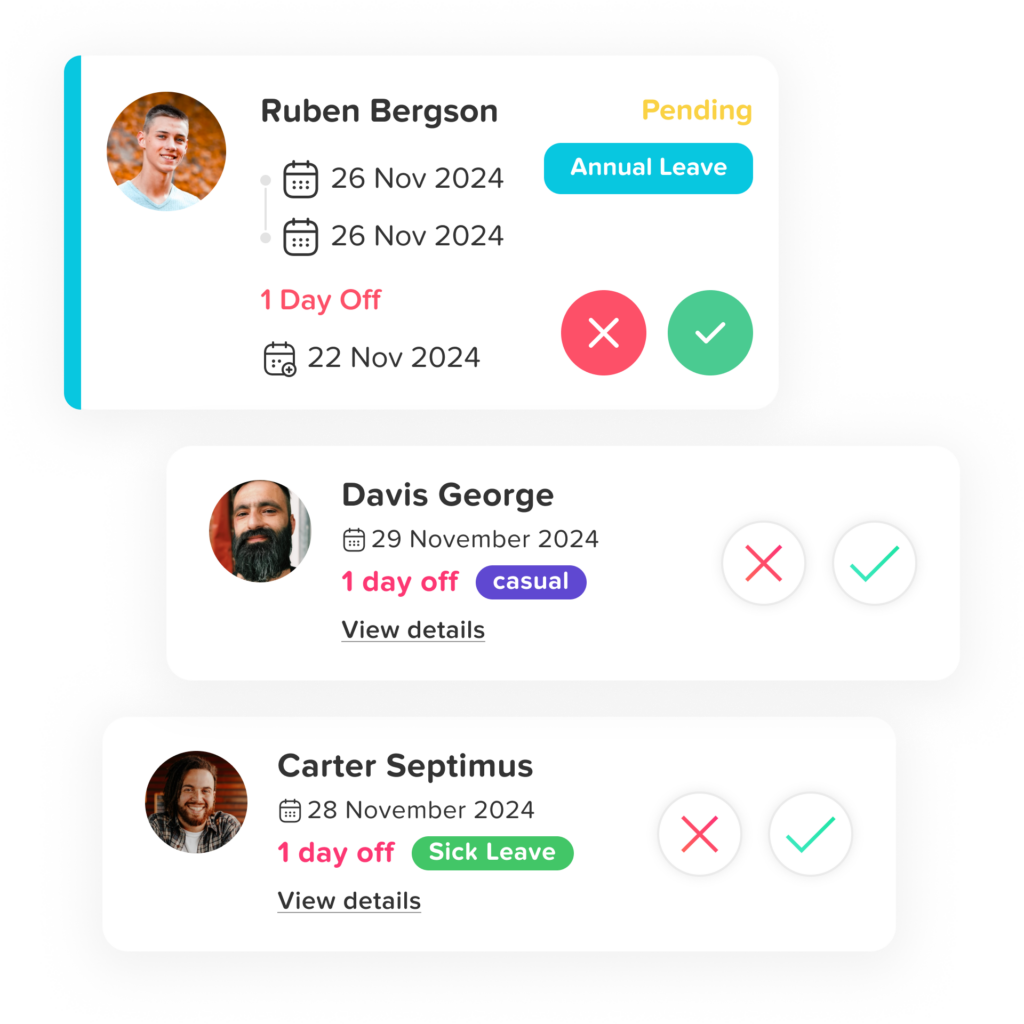
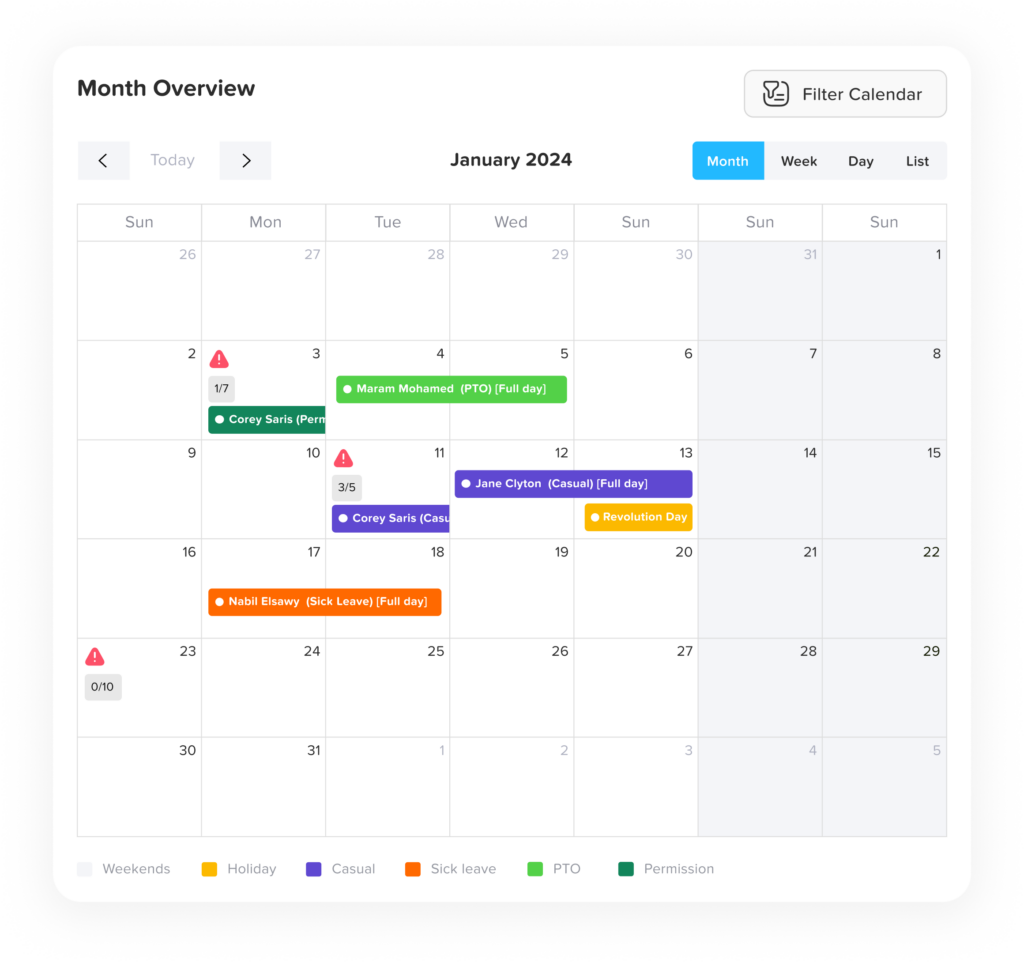
The software automates every aspect of leave management from request submission to final approval and record keeping. This automation reduces the workload on HR departments and ensures that leave records are always accurate and up to date. Additionally, Day Off integrates with existing HR systems, allowing seamless data flow across platforms.
Mobile Accessibility:
Recognizing the importance of flexibility, Day Off offers mobile accessibility through its dedicated app. Employees can request time off, check the status of their requests, and view their leave balances directly from their smartphones. This is particularly beneficial for remote workers or those who are frequently on the move.
Real Time Notifications:
Day Off Vacation Tracker keeps all parties informed with real time notifications. Employees receive instant updates on the status of their leave requests, while managers are notified of new requests as soon as they are submitted. This ensures that leave requests are handled promptly, reducing delays and improving communication within the team.
Customizable Leave Policies:
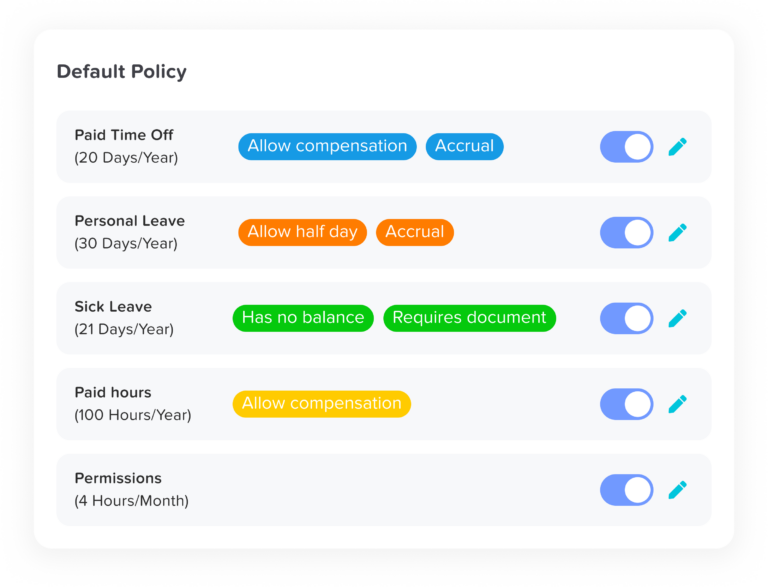
Every organization has unique leave policies, and Day Off accommodates this by allowing companies to customize the platform to fit their specific needs. Whether it’s configuring different types of leave, setting accrual rules, or defining approval workflows, the software can be tailored to match the exact requirements of the business.
Comprehensive Reporting and Analytics:
Day Off provides robust reporting and analytics features that help managers understand leave trends and make data driven decisions. Reports can be generated on various metrics, such as the total number of leaves taken, average leave duration, and the distribution of leaves across departments. These insights are crucial for optimizing workforce management and planning for future staffing needs.
Scalability and Flexibility:
Whether your company is a small startup or a large corporation, Day Off scales with your needs. The platform is designed to handle the leave management requirements of businesses of all sizes, with the flexibility to adjust as your company grows. This scalability makes it an ideal solution for organizations looking to maintain efficient leave management practices as they expand.
FAQ
Is vacation tracker software only suitable for large companies?
No, vacation tracker software like Day Off is designed to be scalable and is suitable for businesses of all sizes. Whether you are a small business with a handful of employees or a large enterprise, the software can be tailored to meet your specific needs.
Can Day Off integrate with existing software?
Yes, Day Off is designed to integrate seamlessly with various systems. Like Google Calendar, Outlook Calendar, Slack, and Microsoft Teams, This ensures that data flows smoothly between platforms, reducing the need for manual data entry and minimizing errors.
How does vacation tracker software handle different types of leave?
Day Off allows you to define multiple types of leave, such as vacation days, sick leave, maternity/paternity leave, and more. Each type of leave can be customized with specific rules for accrual, carryover, and approval, ensuring that the software aligns with your company’s policies.
What happens if multiple employees request leave for the same period?
Vacation tracker software like Day Off provides managers with a clear overview of all pending and approved leave requests. This allows them to make informed decisions about whether to approve or deny overlapping requests based on staffing needs and business priorities.
Is the software secure for managing sensitive employee data?
Yes, Day Off Vacation Tracker uses advanced security measures to protect employee data. This includes data encryption, secure access controls, and regular security audits to ensure that all information is kept confidential and secure.
How can employees access their leave information?
Employees can access their leave balances, request status, and leave history through the Day Off platform, either via the web interface or the mobile app. This self service feature empowers employees to manage their leave without needing to go through HR for basic information.
Can the software handle multiple locations or departments?
Absolutely. Day Off is designed to handle complex organizational structures, including companies with multiple locations, departments, or subsidiaries. The software can be customized to reflect these structures, allowing for efficient management across the entire organization.
How does the software help with compliance?
Day Off Vacation Tracker helps ensure compliance with labor laws by allowing companies to configure the system according to local regulations. This includes setting rules for leave accrual, carryover, and maximum allowed leave, helping companies avoid legal issues related to non compliance.
Is training required to use the software?
Day Off Vacation Tracker is designed to be intuitive and user friendly, with minimal training required. However, for larger organizations or those with complex needs, Day Off offers training resources and support to ensure that all users are comfortable with the platform.
How often are updates and improvements made to the software?
Day Off is continually updated with new features, improvements, and security enhancements. Users are automatically notified of updates, ensuring that they always have access to the latest tools and features.
Conclusion
Vacation Tracker Software, such as Day Off, is an essential tool for modern businesses looking to streamline their leave management processes. By automating and simplifying the management of employee absences, this software not only enhances efficiency and transparency but also improves employee satisfaction and compliance with legal requirements. Whether your company is small or large, incorporating a reliable vacation tracker can lead to better resource management, improved planning, and ultimately, a more productive and satisfied workforce. As businesses continue to evolve, tools like Day Off will play an increasingly important role in maintaining operational efficiency and employee well being.
